Realistic Animal Pencil Drawing Ideas
Pencil drawing is a captivating art form that allows for extraordinary detail and depth, especially when it comes to capturing the essence of animals.

The subtlety of pencil strokes can beautifully mimic the texture of fur, the glint in an eye, and the gentle curve of a snout. For artists looking to explore the realm of realistic animal pencil drawings, understanding and implementing specific techniques can lead to striking and lifelike representations. In this guide, we’ll explore various approaches and considerations for creating realistic animal drawings that capture the spirit and intricacy of your subjects.
Understanding Your Subject
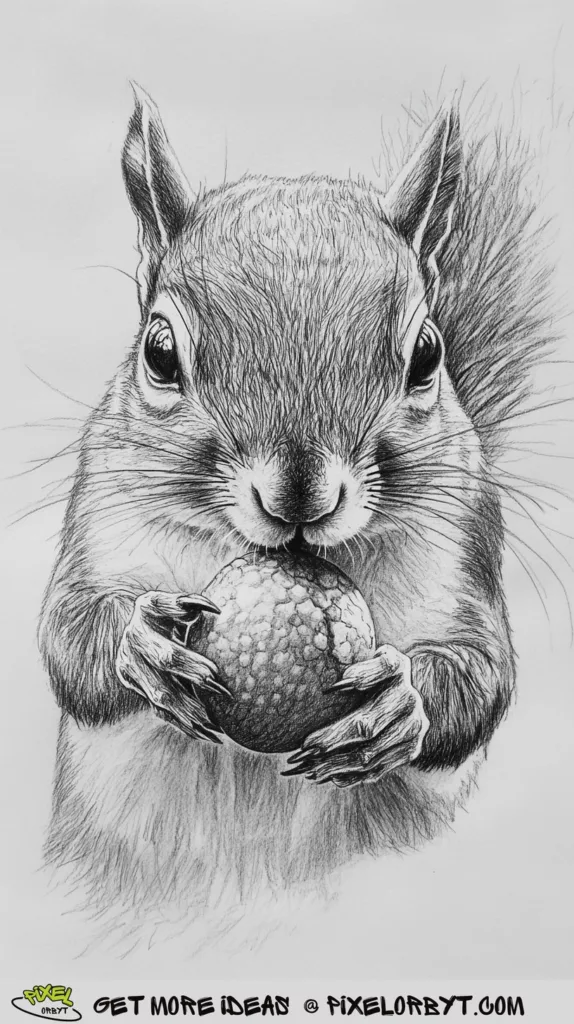
Before you begin drawing, it’s crucial to spend time observing and understanding your subject. Animals come with a diverse range of textures, from the sleek coat of a dolphin to the fluffy fur of a rabbit. Each texture requires a different approach in pencil drawing, and understanding these nuances can significantly enhance your artwork.
You may also like Realistic Animal Sketching of Deer

Start by studying photographs or, if possible, observing animals in person. Pay attention to the details that make each animal unique, such as the pattern of their fur, the structure of their muscles, and the subtle variations in their skin tones. Consider how light interacts with their bodies and how it creates shadows and highlights. This observational phase will provide a strong foundation for your drawing.
Gathering Reference Materials
Once you have a clear understanding of your subject, gather reference materials to guide your drawing process. High-quality photographs are invaluable, as they provide a detailed view of the animal’s appearance from different angles. When selecting photos, choose ones with good lighting and clarity. Ideally, the images should capture the animal in a natural pose, as this will help you replicate their posture and expression more accurately.
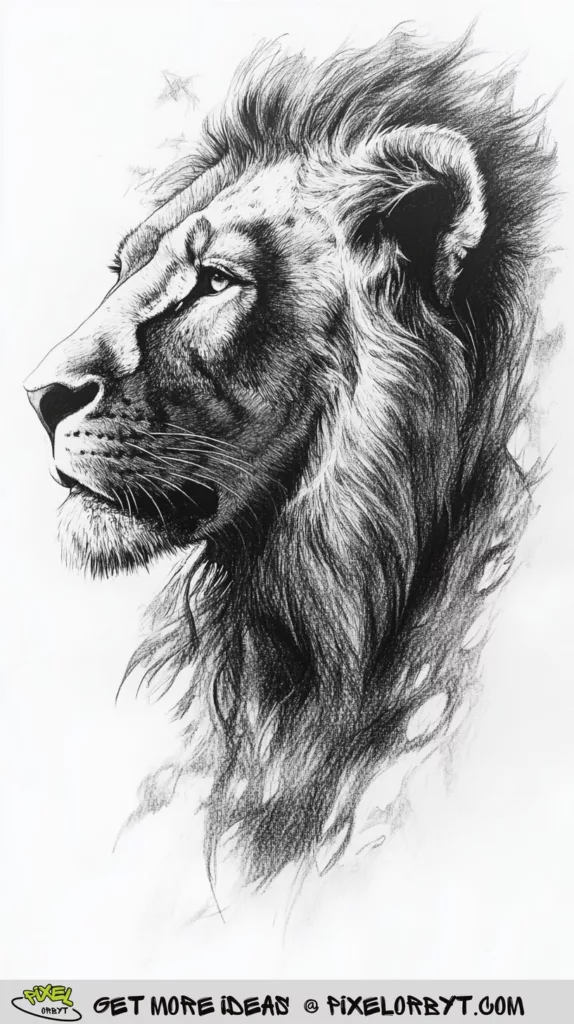
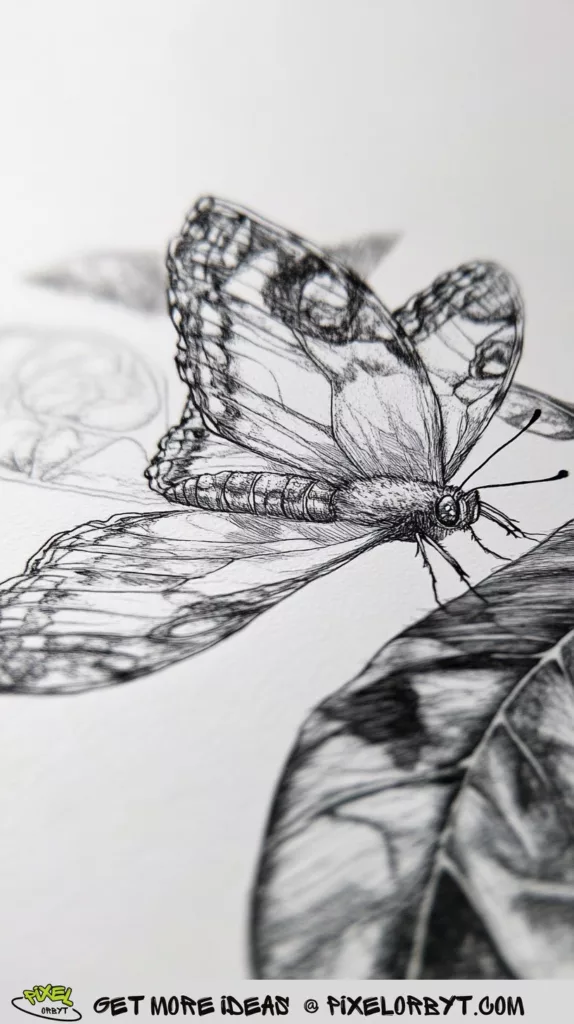
Additionally, collecting multiple reference images can help you capture different aspects of the animal’s appearance. For instance, if you are drawing a lion, having references for its mane, facial expressions, and body structure can assist in creating a more comprehensive and realistic portrayal.
You may also like Easy Pig Pencil Sketch Made Simple
Creating a Sketch
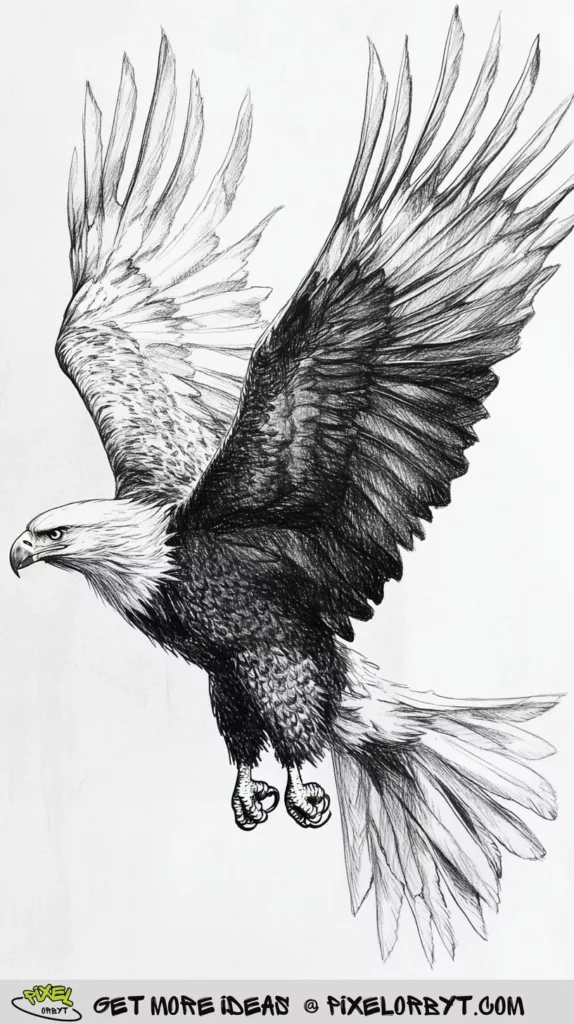
Begin with a light pencil sketch to outline the basic shapes and proportions of the animal. This preliminary sketch should focus on capturing the general structure rather than detailing. Use a soft pencil, such as a 2B, to make light lines that can be easily adjusted or erased. The goal is to establish a framework for your drawing that will guide you as you add more details.
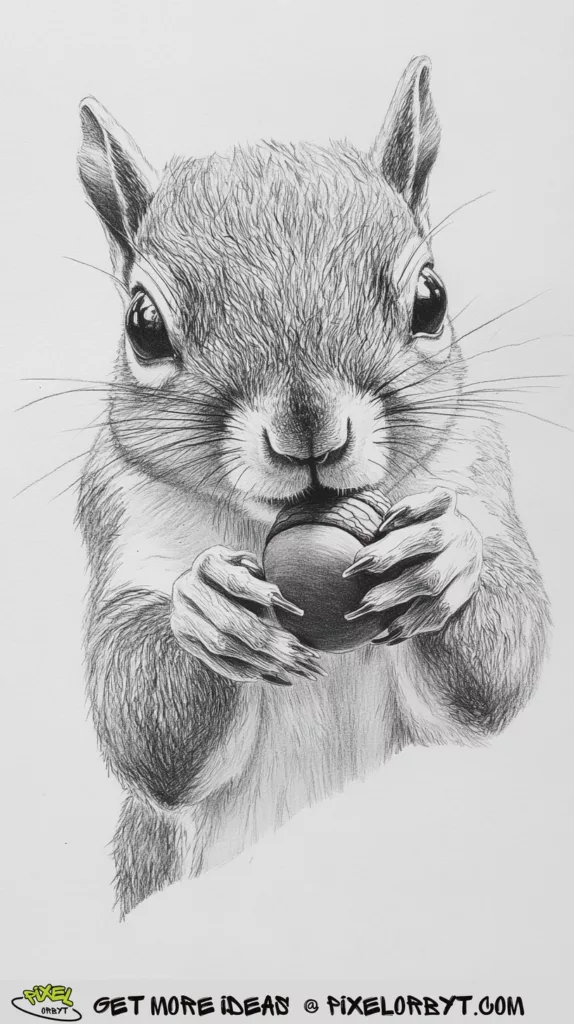

Pay close attention to the proportions and positioning of key features. For example, ensure that the eyes, ears, and limbs are correctly aligned. Accurate proportions are essential for achieving a lifelike result. Take your time with this step, as a well-constructed sketch will make the detailed work that follows much easier.
You may also like Monkey Pencil Drawing Ideas and References
Adding Detail and Texture
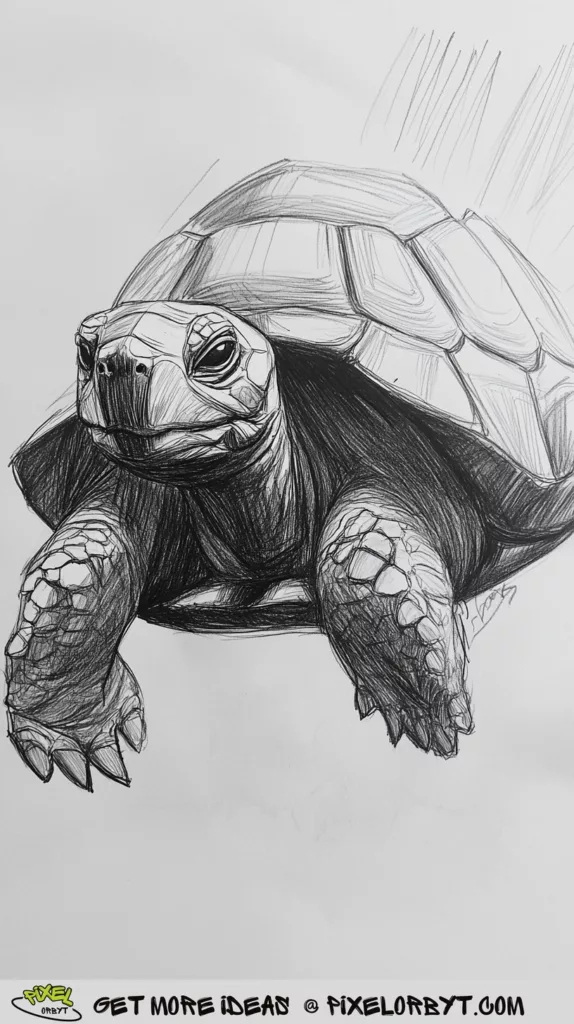
With your initial sketch in place, you can start adding details and textures to your drawing. This is where your observational skills and reference materials come into play. Begin by focusing on one area of the animal at a time, gradually building up layers of detail.
For fur and feathers, use short, controlled pencil strokes to create a sense of texture. Vary the direction and length of your strokes to mimic the natural flow and density of the fur. A combination of different pencils, such as H pencils for fine lines and B pencils for softer, darker areas, can help achieve a realistic texture.
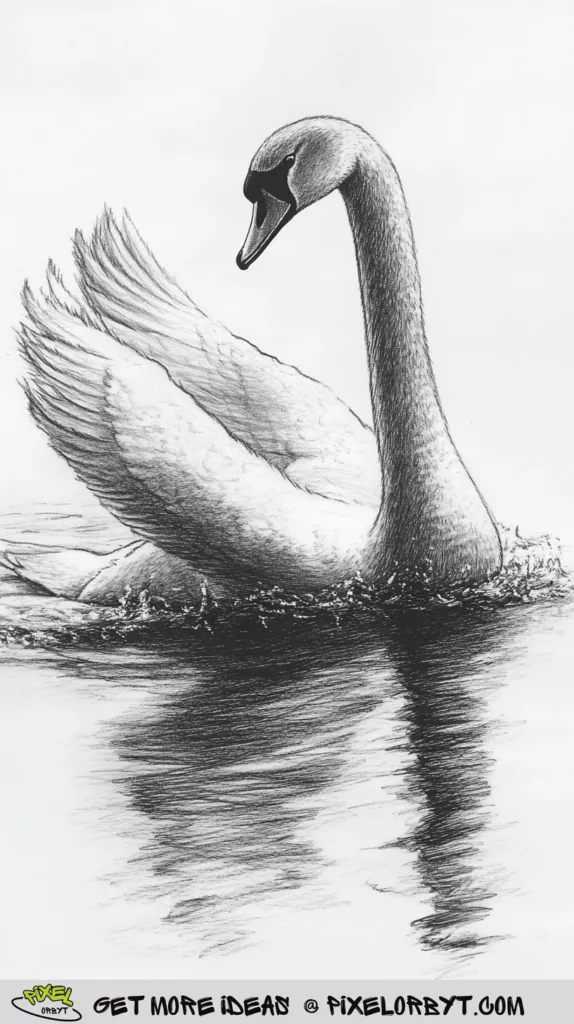
When drawing features like eyes and noses, pay close attention to the reflections and highlights that give them life. Eyes, in particular, can be challenging but are crucial for conveying emotion and expression. Capture the catchlights and subtle variations in color to make them appear more dynamic and engaging.
You may also like 32+ Realistic Animal Pencil Drawing
Working with Shadows and Highlights
Shading is a critical component of realistic pencil drawings, as it adds depth and dimension to your artwork. Observe how light interacts with your subject and replicate this in your drawing. Use shading to create a gradient from light to dark, which will enhance the three-dimensional quality of your animal drawing.
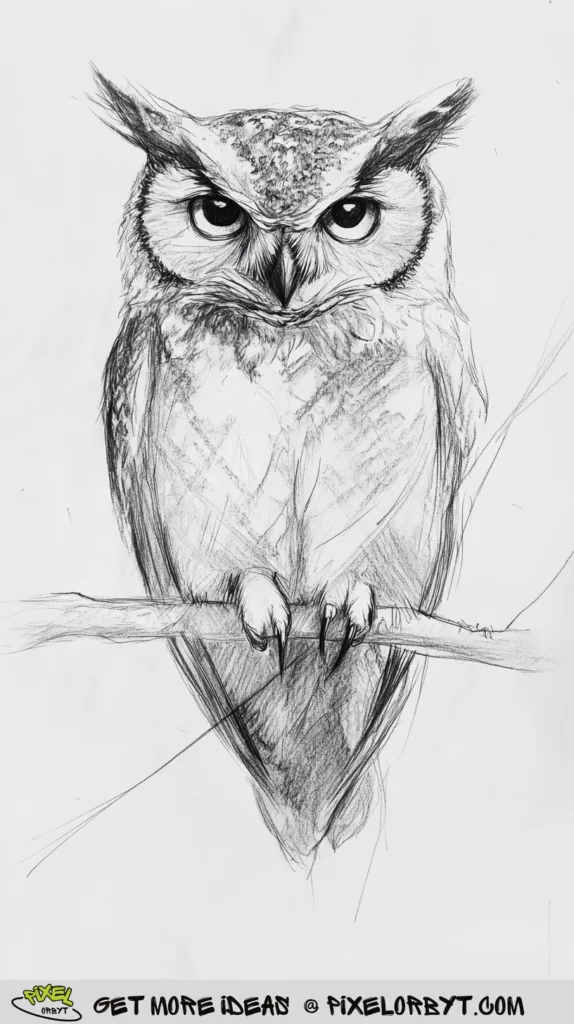
Start with light, gradual shading and build up darker tones as needed. Blending tools, such as tortillons or blending stumps, can help smooth transitions and create more natural-looking shadows. Be mindful of the light source in your reference images and ensure that your shading reflects this accurately.
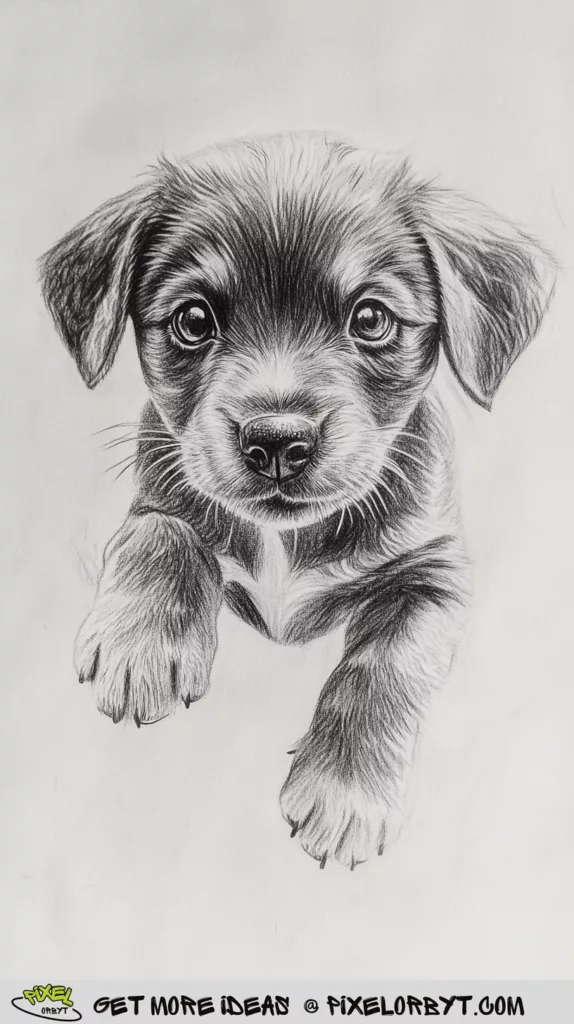
Highlights, on the other hand, can be added using an eraser to lift graphite and create areas of contrast. These highlights help to define the shape and texture of the animal and make the drawing more vibrant. Carefully place highlights in areas where light hits the surface, such as the tips of fur or the glint in the eyes.
Finishing Touches
As you approach the final stages of your drawing, take a step back and assess your work. Check for any areas that may need more detail or adjustment. Refining the edges and adding final touches can elevate the realism of your drawing. Use a sharp pencil for fine lines and details, and make any necessary corrections to improve accuracy and cohesion.
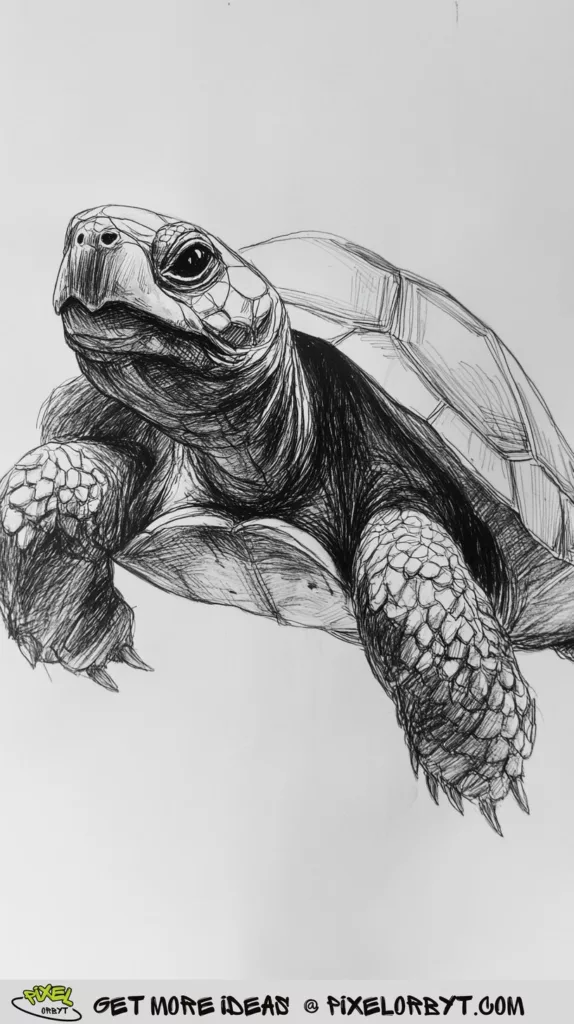
Additionally, consider the background of your drawing. While it’s not always necessary to include a detailed background, a subtle backdrop can help contextualize the animal and add depth to your composition. Whether it’s a simple gradient or a hint of the animal’s natural habitat, a well-thought-out background can enhance the overall impact of your artwork.
Embracing the Artistic Process
Realistic animal pencil drawing is not only about replicating what you see but also about expressing the essence of the subject. As you work on your drawing, allow yourself to be immersed in the artistic process. Embrace the challenges and enjoy the journey of creating a lifelike representation of your chosen animal.
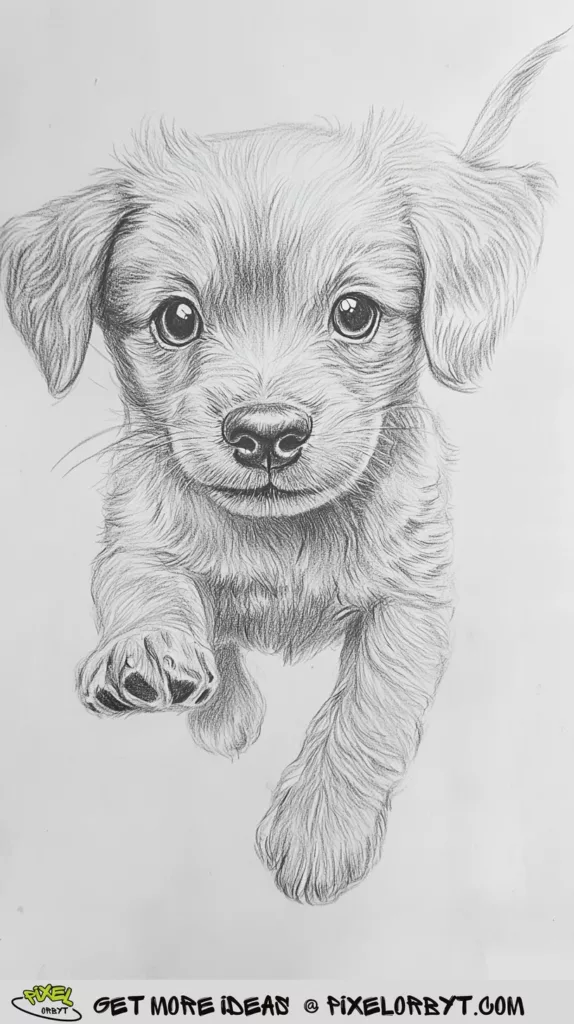
Remember that practice is key to improving your skills. Each drawing offers an opportunity to learn and grow as an artist. Don’t be discouraged by initial difficulties; instead, use them as stepping stones to refine your technique and develop your unique style.
Conclusion
Realistic animal pencil drawing is a rewarding and intricate art form that demands patience, observation, and skill. By understanding your subject, using high-quality reference materials, and focusing on details and textures, you can create stunning and lifelike representations of animals. The process of sketching, adding detail, and working with shadows and highlights allows you to capture the beauty and essence of the animal world.
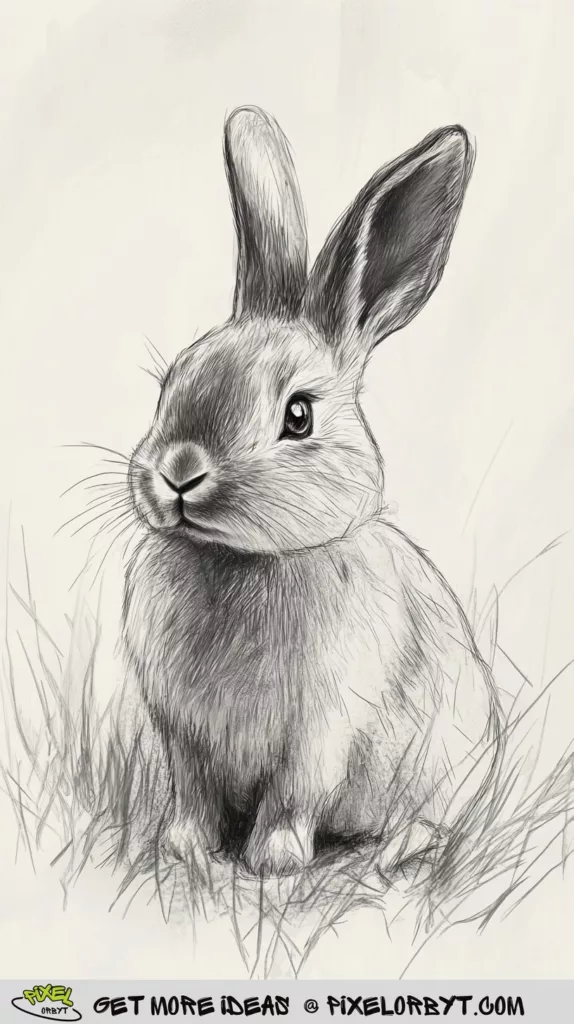
Whether you are a beginner or an experienced artist, exploring different techniques and embracing the challenges of realistic drawing can lead to impressive results. With dedication and practice, you’ll be able to bring your animal subjects to life on the page and showcase their remarkable beauty through the art of pencil drawing.